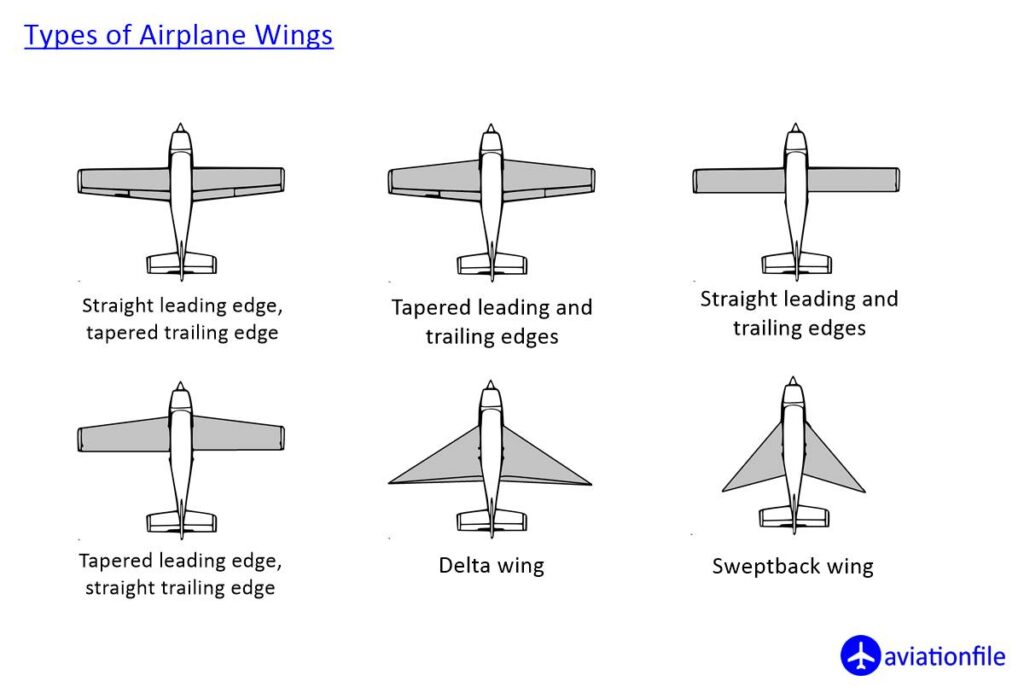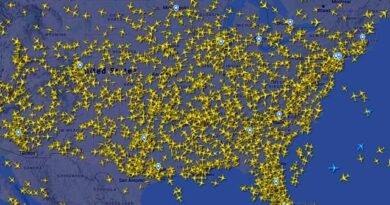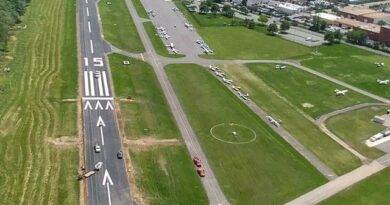Boeing 2707: The Unfulfilled Promise of American Supersonic Flight
The Boeing 2707 was an ambitious project to develop an American supersonic passenger airliner. In the early 1960s, the United States was determined to catch up with the Soviet Union, which had developed the Tu-144, the world’s first supersonic airliner. Boeing, the world’s leading aircraft manufacturer, was awarded a government contract to develop the 2707.
The 2707 was designed to be a Mach 2.7 airliner with a range of 4,000 miles. It was to be powered by four General Electric GE4/J5P turbojet engines, each producing 63,200 pounds of thrust. The 2707 was also to be the first commercial airliner with a variable-sweep wing, which would allow it to fly efficiently at both subsonic and supersonic speeds.

One of the most important aspects of the 2707’s design was the variable-sweep wing arrangement. As the mechanism’s weight and dimensions increased throughout development, the crew was forced to convert to a traditional delta wing. Before two prototypes were finished, it was canceled in 1971 because to rising expenses and an unclear market.
In 1971, after years of delays and cost overruns, Boeing announced that it was canceling the 2707 project. The cancellation was a major blow to the American aerospace industry, and it marked the end of the United States’ attempt to develop a supersonic passenger airliner.
The Boeing 2707 was a promising project that never came to fruition. It was a victim of technological challenges, economic realities, and international competition. While the 2707 never flew commercially, it remains a fascinating chapter in the history of aviation.
General characteristics
Capacity: about 277 passengers
Powerplant: 4 × General Electric GE4/J5P turbojets, 63,200 lbf (281 kN) thrust each
Performance
Maximum speed: Mach 2.7
Range: 4,000 mi (6,400 km, 3,500 nmi)
Several airlines ordered the Boeing 2707 before the project was canceled in 1971.
| Airline | Order |
| Aer Lingus | 2 |
| Air Canada | 6 |
| Air France | 6 |
| Air India | 2 |
| Airlift | 1 |
| Alitalia | 6 |
| American | 6 |
| BOAC | 6 |
| Braniff | 2 |
| Canadian Pacific | 3 |
| Continental | 3 |
| Delta | 3 |
| Eastern | 6 |
| El Al | 2 |
| Iberia | 3 |
| JAL | 5 |
| KLM | 6 |
| Lufthansa | 3 |
| Northwest | 6 |
| Pakistan | 2 |
| Pan American | 15 |
| Qantas | 6 |
| Trans-Am. | 1 |
| TWA | 12 |
| United | 6 |
| World Airways | 3 |
| Toplam | 122 |
In addition to these airlines, several other companies supported the project, including:
The United States government: The government provided Boeing with $1.1 billion in funding for the development of the 2707. General Electric: General Electric supplied the engines for the 2707. Avco Lycoming: Avco Lycoming supplied the landing gear for the 2707. Honeywell: Honeywell supplied the avionics for the 2707.
References:
(https://en.wikipedia.org/wiki/Boeing_2707)
“What Airlines Ordered The Boeing 2707? America’s Answer To Concorde – Simple Flying” (https://simpleflying.com/what-airlines-ordered-the-boeing-2707-americas-answer-to-concorde/)
“The Unfulfilled Promise of American Supersonic Flight” (https://theaviationgeekclub.com/tag/boeing-757/)
(https://www.smh.com.au/traveller/reviews-and-advice/boeing-2707-supersonic-jet-vs-the-concorde-the-evolution-and-collapse-of-supersonic-flight-20180228-h0wshp.html)


